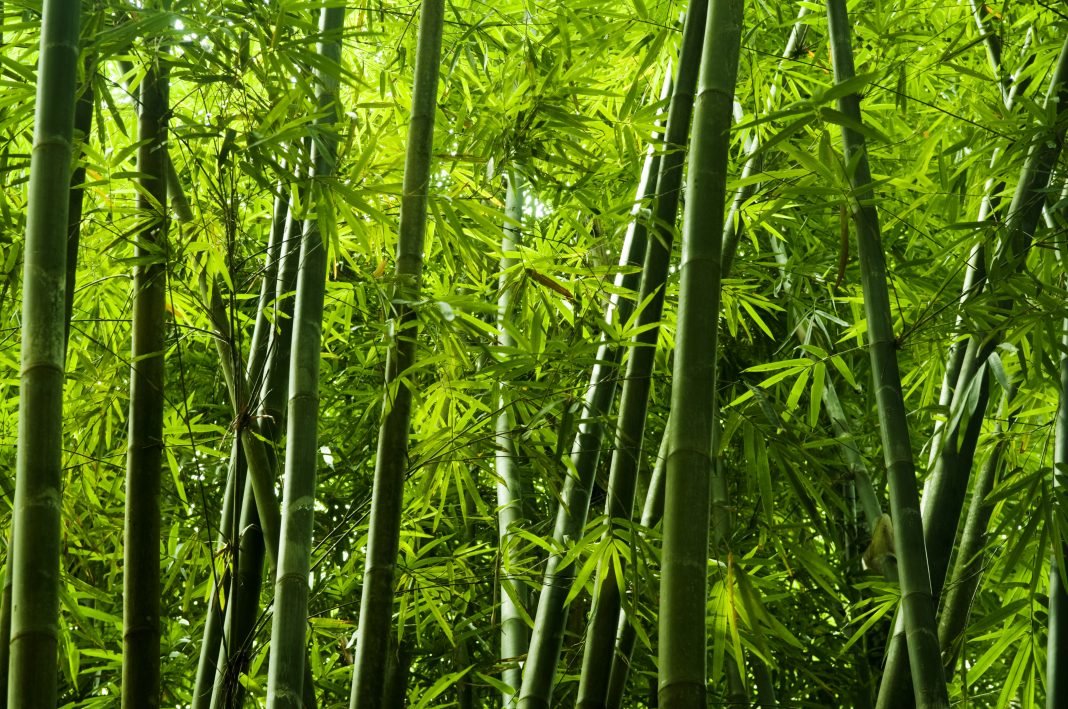Professor Saijo Kiyoshi at Miyagi University of Education, examines bamboo education, discussing its useful advantages and how we need it to avert further environmental crises
Bamboo has been a useful plant in Japan for centuries. It can be used for various kinds of daily living utensils, religious tools, festival supplies, musical instruments, toys and more. Bamboo shoots are seasonal ingredients in spring – where bamboo sheaths can have an antibacterial effect which can serve as a food wrapping. This means that bamboo forests, which are a major element of Japan’s rural landscape, are a necessity used on a daily basis by local people. Bamboo education is becoming increasingly necessary as we try to shift towards more sustainable products in our everyday lives.

When we consider social factors, such as the rapid spread of plastic usage, the importing of cheaper bamboo shoots, and the decline of rural population and agricultural workers during the past half century, this has produced an “unattended bamboo forest”. As a result, the abandoned bamboo forest (Fig. 1), has expanded into other types of land use and caused some problems such as the decline of biodiversity in other forests, and the invasion of arable land.
Therefore, the author considers the importance of bamboo education in school curriculums, which could solve this environmental crisis, introducing basic concepts and some trial cases of bamboo.

Why do we need bamboo education?
First of all, bamboo education in school curriculum provides a lot of chances for teachers and students to recognize both the multifaceted uses of bamboo and the ongoing crisis of unattended bamboo forests. As stated, almost half a century has passed since Japanese people became estranged from bamboo.
This means that those in the under-50 generation have almost no experience of bamboo utilization in their life and consequently do not have an interest in bamboo and its related issues. Although some of the elderly generations have relevant life experiences, their wisdom, knowledge, and techniques about bamboo are not usually inherited by the next generation. It is expected that bamboo education in schools can contribute to filling the information gap.
The second reason is the validity of bamboo as teaching material. Many kinds of handicrafts, toys, and musical instruments can be made from bamboo. The utilization of bamboo helps teach subjects like arts and crafts, music, life environment studies etc. The biological characteristics of bamboo can be used for studying natural science and environments, too. Tradition and culture of using bamboo are useful for social, historical, and folkloric subjects. As we Japanese have a lot of proverbs and idioms regarding bamboo, enriching language expression is also a possibility with bamboo education. Bamboo has various uses for classwork in schools, from primary to higher-level education.

Trial cases of bamboo
Looking at classroom practices both in elementary schools and universities during the past several years, some students in the elementary school attached to Miyagi University of Education created decorations using real bamboo for the Tanabata festival (Fig. 2, Saijo, 2021). The remainder of the bamboo was then made into charcoal in a simple kiln (Fig. 3) after the festival, and they used the charcoal for improvement of life like deodorization. These bamboo education activities enabled the students to experience the sustainable use of plant resources.
In the university class, the students cut and gathered bamboo from a real forest by themselves (Fig. 4) and, from it, made natural crafts (Fig. 5). Over the course, students gradually realized the usefulness, significance, and possibilities of bamboo through the series of these practices.

In addition, the coupled lecture stimulates them to understand the bamboo issues in the present day. They finally recognized that using bamboo is not a thing of the past but an advanced attitude to the contemporary environmental situation. As many students at my university become schoolteachers of primary or secondary education after graduating, they are expected to make use of these experiences for their educational activities.
Bamboo education is not the only solution for the problem caused by unattended bamboo forests, nor does it have an immediate effect. Nevertheless, the experiences of the younger generation through the educational program on bamboo are important because tackling these issues in the long term is necessary to overcome our current environmental situation and bring various environmental benefits.

References
- SAIJO Kiyoshi.: Introducing bamboo as a versatile sustainable resource. Impact, Volume 2021; 3: 76-78

This work is licensed under Creative Commons Attribution-NonCommercial-NoDerivatives 4.0 International.


